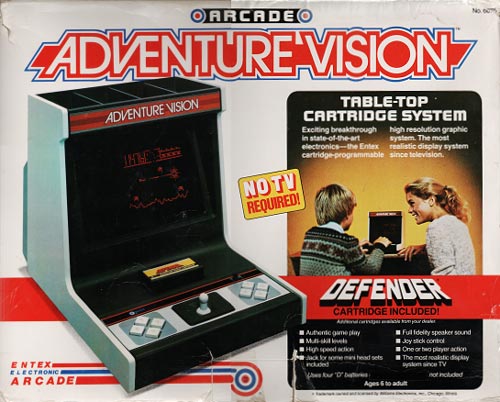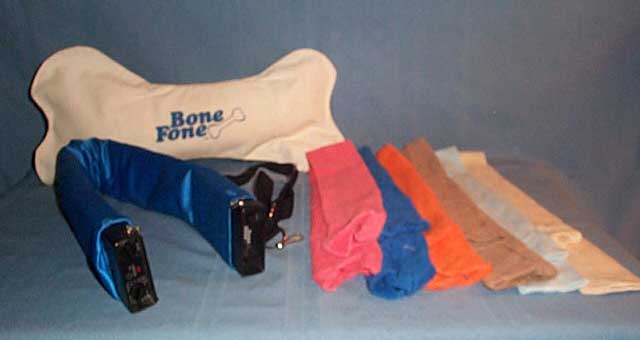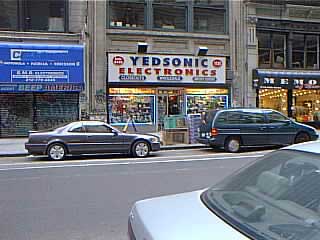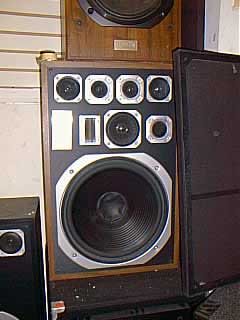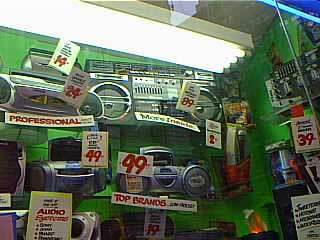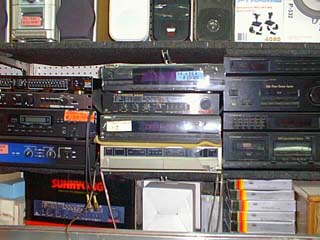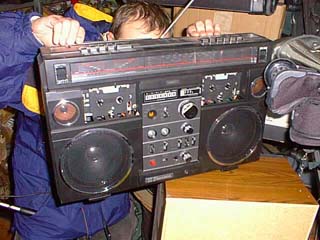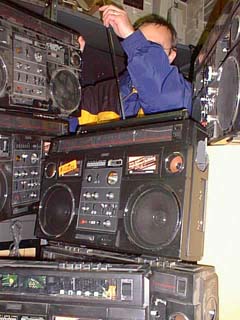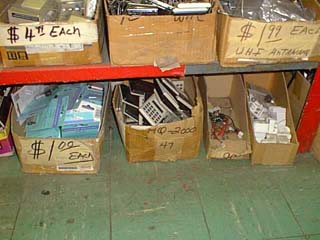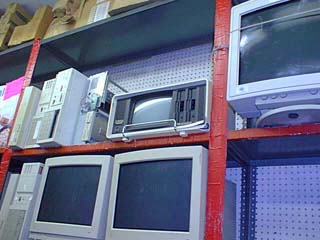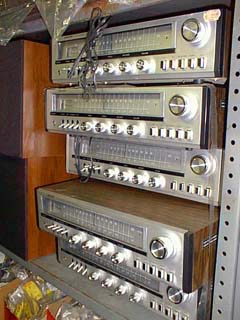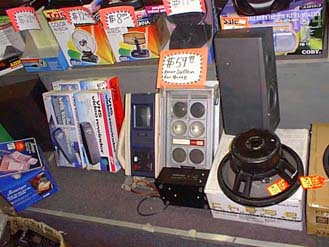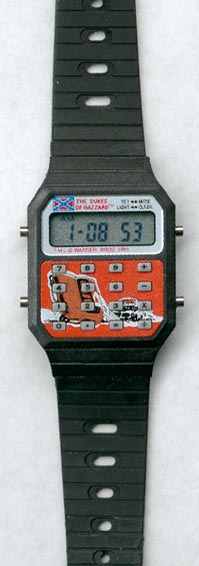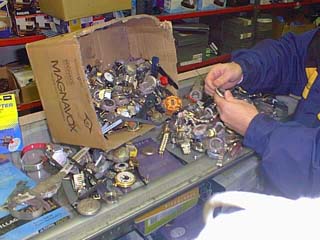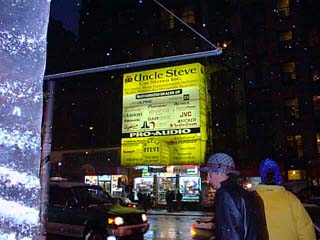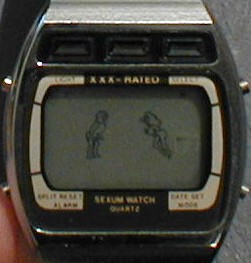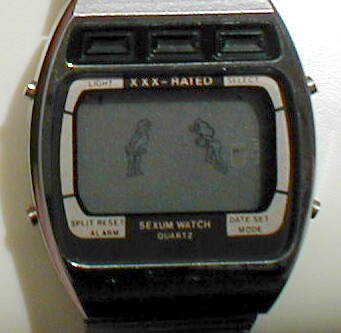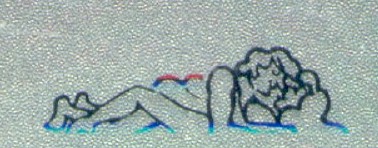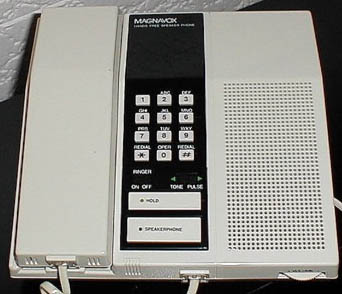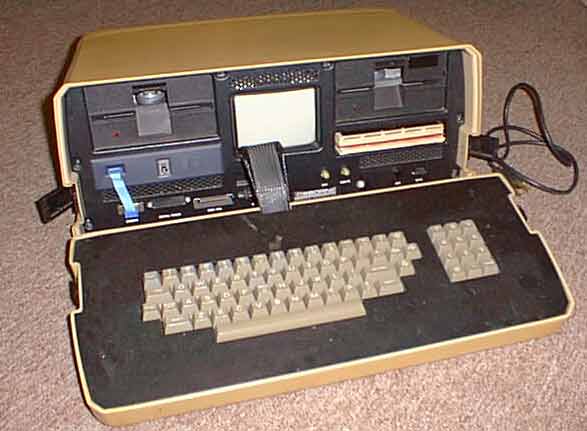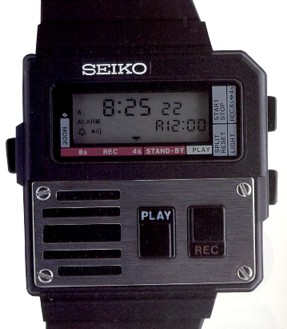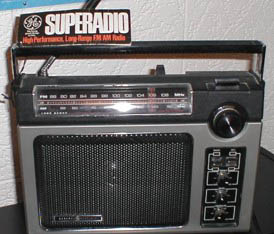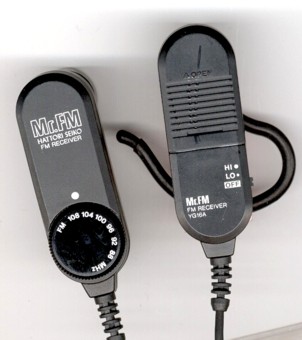We need to thank this week’s guest to our radio show, handheld game super-collector Rik Morgan for discussing this one. Described as a “holy grail” in video game circles, AdventureVision packed a whallop for fun and portability back in 1982.
Toy company Entex designed this hybrid system many years ago during the heyday of the handheld electronic game craze. They engineered a pint-sized arcade game (complete with marquis and joystick!) capable of playing games stored in cartridge format. Milton Bradley had a similar product with their LCD-based Microvision system in 1979, but Entex’s result was much more appealing to the senses–it looked and felt like a real arcade game, complete with sound and flashing lights!
As far as handheld games go, Adventure Vision was also complicated in its design. Its display was the result of a combination of LEDs and a spinning mirror creating a video-like effect. It had a headphone jack for privacy, and a cartridge storage area on the stop of the unit. The price was steep, too. Parents had to drop over $80 at their local Sears for the base unit. Cartridges were at least $12 apiece, though only four were released (a Defender cart was included with the console). We’re unsure why the system failed commercially, perhaps cost was a factor. Oh well, Adventure Vision can still be found today, but as mentioned before they’ve become a holy grail for collectors so expect to pay around 100 times the original price for one.
